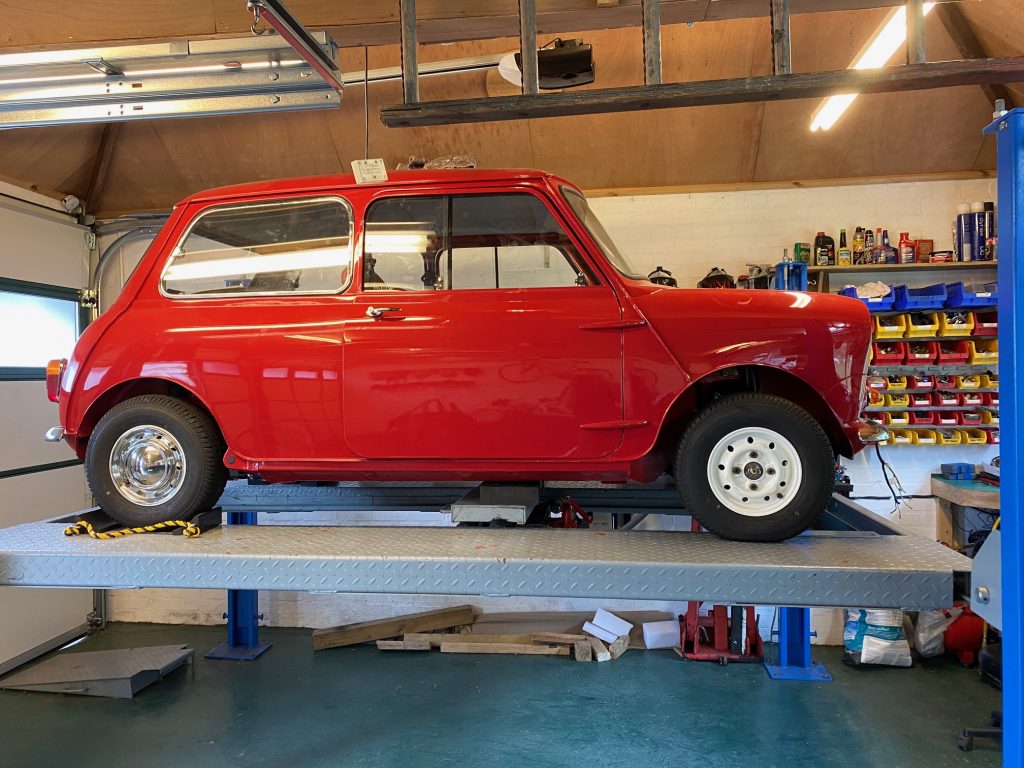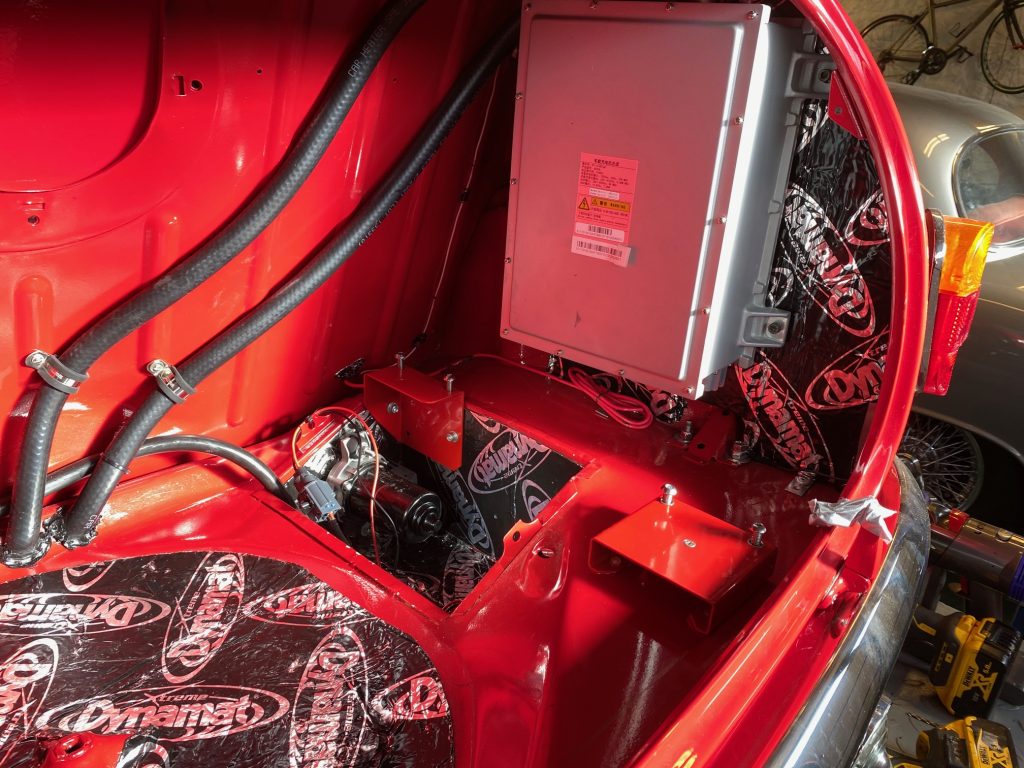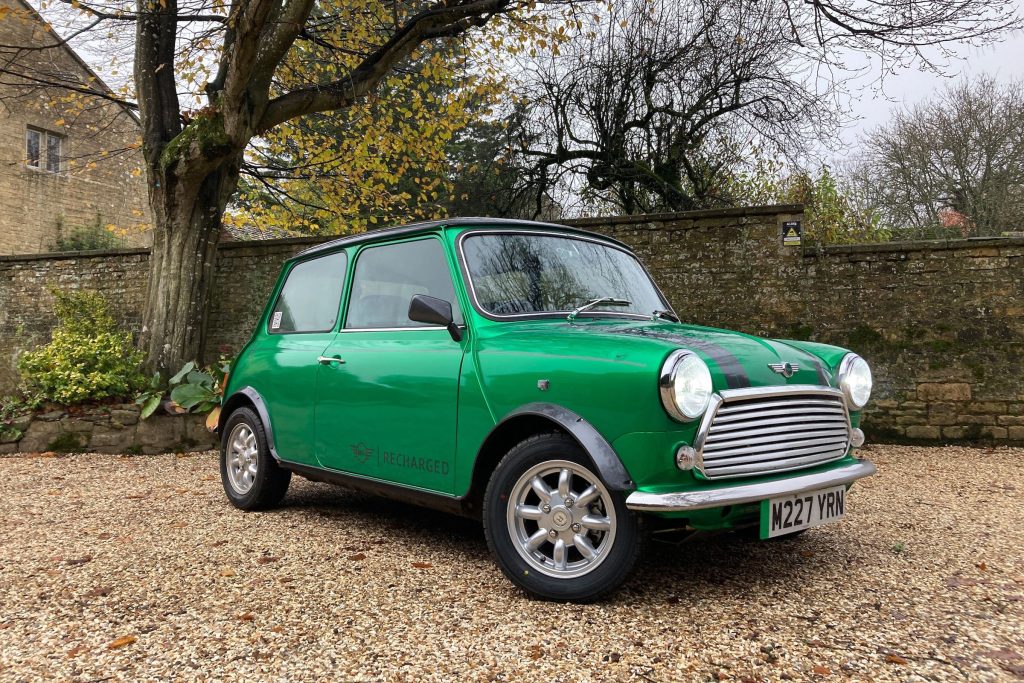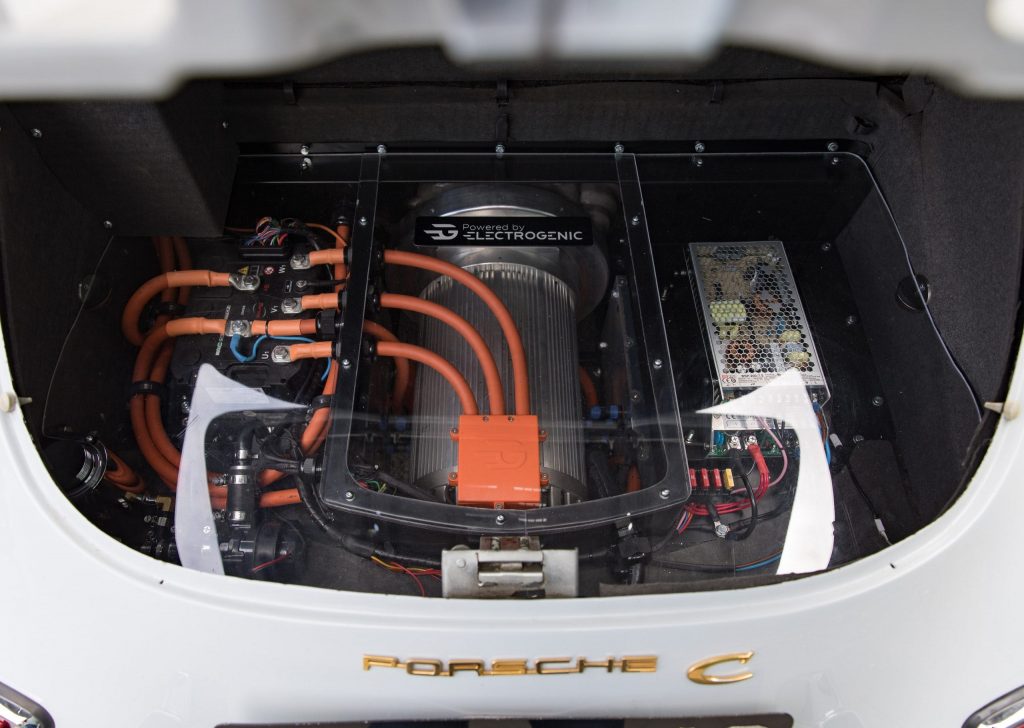DVLA’s Dos and Dont’s: The risks of modifying your classic car
Envision paying countless several hours and quite a few thousands of lbs . restoring your precious common or fashionable-vintage motor vehicle only to find that one particular minimal modification has rendered the vehicle almost worthless.
That’s accurately what transpired to Ed Keane of Powys when he determined to update his 1960 Mini. Right after a prolonged, painstaking restomod process he experienced the vehicle inspected and received nothing but favourable impressions from the inspector. But then phrase came back from the DVLA that the vehicle was no extended considered roadworthy.
How significantly is your vehicle to insure? Find out in 4 quick ways.
Get a estimate
Like an expanding quantity of basic vehicle admirers Keane elected to change his motor vehicle to use an electric powertrain, but that is not straight what triggered his woes. The DVLA experienced no situation with taking away the original A-Sequence engine and replacing it with a powertrain created by Eco Classics – it unsuccessful the motor vehicle for a single compact gap that had been drilled to route some high voltage cables.
“It appears to be there has been product eradicated from the monocoque/body shell by indicates of drilling… it is not probable to affirm that the composition of this car is as for every the company first meant,” wrote the DVLA.
“They have taken it off the highway for the reason that I drilled a gap, and it is bought definitely nothing to do with the electrification of the motor vehicle. Also, and this is pretty a fundamentally significant stage, they will not enable me weld up the gap, which I feel is unreasonable.”


Nick Mason of Eco Classics points out that the hole in concern goes by way of the initial 12-volt battery box in the Mini’s boot ground: “We arrived via the facet of that with two cables, just to get just to get in the effortless way. This is not structural, but we dropped out in any case.”
The DVLA verified that reverting the chassis back again to its original point out would even now be deemed a modification from the unique manufacturer’s specification, necessitating the motor vehicle to be re-registered. That would imply distributing the motor vehicle for an IVA (Particular person Car or truck Approval) take a look at, like a package vehicle would have to undertake, and have it registered on a Q-plate. Nevertheless, claims Keane, this is just not economically practical: “I’d probably have to invest £20,000 to comply with the current IVA guidelines as it was hardly ever created to meet them. ”

Keane’s regrettable experience is a warning to any one restoring or modifying a basic auto. A person solitary mis-action might establish catastrophic. So how need to motor vehicle proprietors, and indeed expert restorers, solution the process, specifically when updating an older motor vehicle rather than conducting an solely trustworthy restoration?
The pretty very first thing to take into consideration is if any modifications you make would demand the facts on the car’s V5 to be up-to-date. If which is the scenario you will need to have to tell the DVLA of any alterations. Usual illustrations would be anything as simple as a color improve or as intricate as a powertrain swap.
Subsequent you have to have to examine with the DVLA specifically what classification your make will fall into. It will be classed as a Rebuilt car or truck if you are keeping the authentic chassis or bodyshell (or employing a new shell/chassis to the unique spec) and retaining at the very least two of the adhering to factors as conventional: suspension, steering assembly, axles, transmission and motor.
DVLA details desk for maintaining an initial registration
| Aspect | Points |
| Chassis, monocoque bodyshell (human body and chassis as a person device) or body – first or new and unmodified (direct from manufacturer) | 5 |
| Suspension (front and again) – first | 2 |
| Axles (equally) – authentic | 2 |
| Transmission – original | 2 |
| Steering assembly – first | 2 |
| Engine – initial | 1 |
Any changes past those people and it will be described as Radically Altered, and the DVLA applies a factors scheme if you want to retain the unique registration. You must rating a minimum amount of eight details and five of all those must arrive from an un-modified initial chassis/monocoque, or a new one particular immediate from the maker. Original suspension, axles, transmission and steering assembly each and every get awarded two details, although retaining the engine scores one particular. Any alterations to the chassis, the fitment of a second-hand shell, or scoring a lot less than eight points means that your automobile will be subject matter to an IVA take a look at and have to have a Q-plate equipped.
In both circumstance you will want to post a “Built up inspection report” detailing the operate finished and perhaps have the car inspected by a DVLA agent.
Steve Drummond of EV conversion specialist Electrogenic places it far more succinctly: “When you boil it down, what it states is that you can only modify two out of the subsequent 4 factors being the motor, the gearbox, the steering, and the suspension.
“Just make confident you do not modify the chassis or the monocoque and, and if you are demanding about that, then they check out it all and that’s all good.”

In the situation of EV conversions the DVLA suggests every single automobile is regarded as on a circumstance-by-situation basis and is referred to its Kits and Rebuilds team. Incredibly, nevertheless, there are no clear rules to adhere to when it will come to fitting a absolutely new powertrain, in particular an electric just one.
“It’s impressive how small legislation there is in the United kingdom,” states Drummond. “There’s a bunch of wide regulations and polices for new electric cars, but none of that applies to conversions. The most important regulation for new automobiles is an electrical basic safety a single identified as R100 and we make absolutely sure that we choose that severely.
“Most international locations are worried with things like electrical protection, and frequently ability. For case in point, in Switzerland there are a bunch of rules. The major just one is that you simply cannot have electricity which is additional than 20 per cent larger than the first motor. In France, the get the job done demands to be carried out in France, and you cannot make the automobile go faster than it did at first.”
Of course it is not just folks electrifying their classics who facial area slipping foul of the DVLA.
“It has implications across the total of the typical automobile earth for the reason that there are so lots of cars out there that have been modified around time. Just drilling holes to healthy anything like electronic ignition could invalidate the overall body, for illustration. There plainly requirements to be some degree of interpretation there. I would like to have a obvious set of rules, probably even as an industry become licensed,” adds Mason.
Go through a lot more
Motorists are entitled to superior from the DVLA
The 6 most complicated restoration measures
Charging about: Electric Mini Recharged pushed







